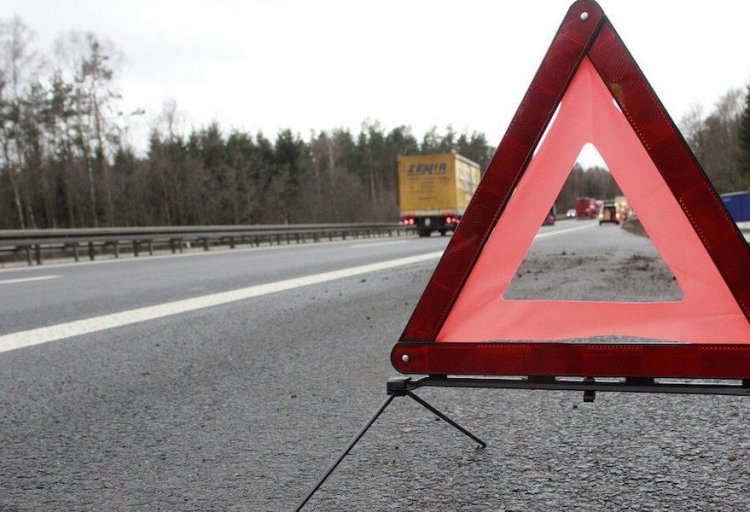I’m not a complete technical illiterate. I can eventually learn to navigate most computer programs and apps—even how to program the DVR. It doesn’t come easy though. I firmly believe that younger generations who have grown up surrounded by digital, internet-y technology have an advantage. It’s all they’ve known. My generation had to switch gears in the middle of our lives. One day, out of the blue, the card catalogue at the library was replaced with a screen and keyboard. “What am I supposed to do with this?”
Like most other people my age, I’m able to acquire a working knowledge of nearly every system I need, however, the path to that knowledge can be a bumpy one, and can often include ridiculous scenarios.
A change of jobs required that I become functional in Microsoft Excel. I wasn’t impressed at first. It just looked like an empty chart, and much less flashy than some of the other, more streamlined programs I had dabbled in.
I opened a fresh, snow-white Excel document to make my first spreadsheet. It had columns lettered up to AB and rows numbered to 40. I only needed 23 rows and the letters up to G. The extra numbers and letters bothered me. So, starting at row 24, I clicked and began dragging in order to delete the extra rows. I had no idea there were so many. I dragged and dragged, but seemingly to no end. Still, I was determined to eliminate the extras, so I dragged on.

After a few minutes, I had passed the 9474th row. My click finger was getting tired and I had to pee. I called my four-year-old daughter over to the computer and showed her how to hold the click and continue dragging while I went for coffee and a bathroom break. When I returned, she was buzzing past row 32,769.
“I’ll take over, baby girl, thank you.”
I was highly annoyed that the designers of Excel would include so many rows that were not needed. It seemed wasteful. I decided, while I was still dragging, that as soon as I had finished deleting the extra rows I would email the folks at Microsoft and let them know they were wasting rows and kilobytes, and that it didn’t seem very responsible in these ecologically conscious days. I wanted to know why they wouldn’t just let me decide how many rows I needed instead of…
Something clicked in my brain. I was on row 1,407,335 and still blazing a trail. What if this Excel thing was different than a flesh and paper book that had a finite number of pages? What if my dragging was actually generating the rows?
I stopped dragging just short of two million rows (52 minutes of clicking and dragging). There was no way Excel would send along two million rows with every new spreadsheet. It was just bad business. I concluded that I was indeed creating the rows. It all made sense now. I was my own extra-row worst enemy. I now understood the concept of programs that could generate to infinity. The calendar on my iPhone is the same. I have “coffee with a friend” as an event in the year 13,453 on June 3rd. There was never such a thing as infinity back in days of paper and ink—unless you count a Rolodex, but that is more of an endless loop rather than infinity.
As for my first spreadsheet, I had created a beast, an aberration of an Excel spreadsheet. I was intrigued by it. Out of curiosity, I spent the next twenty minutes estimating how big my spreadsheet would be if I actually printed it out. My spreadsheet was roughly 1.1 acres, according to my calculations—big enough to cover my yard and part of the neighbor’s.
I wonder if there is some sort of record for the largest Excel spreadsheet . . .





Leave a Reply